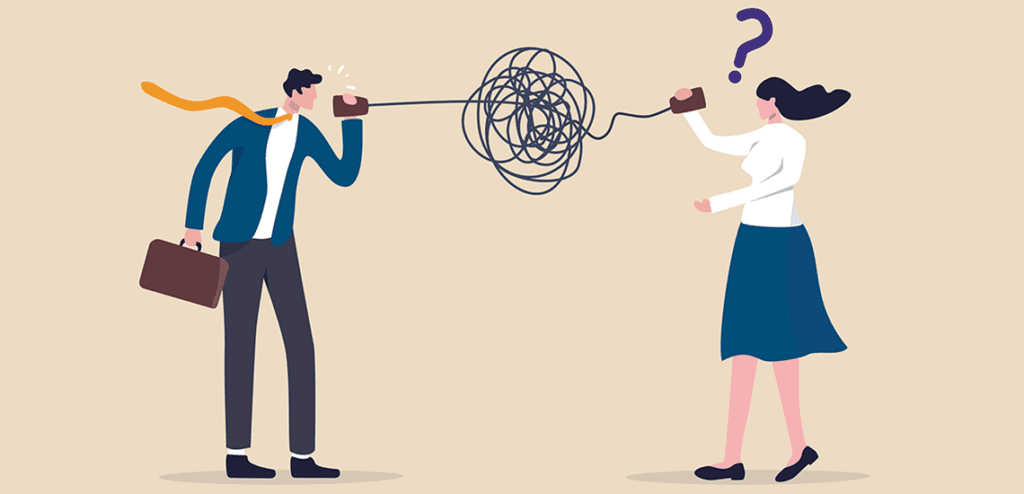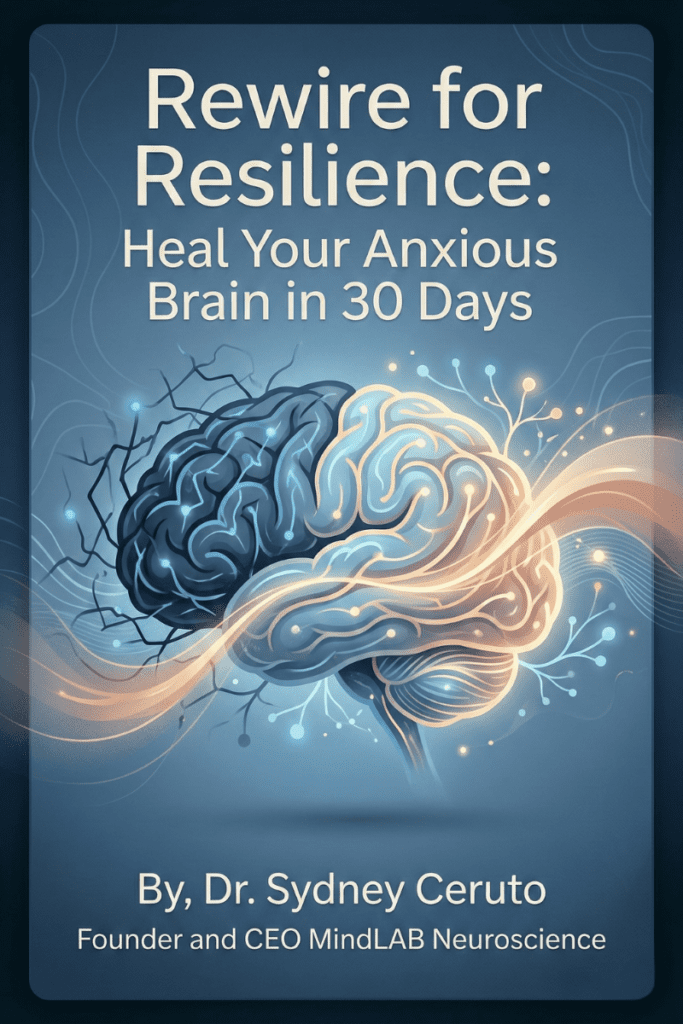Communication Barriers and Cognitive Biases: A Deep Dive into Relationship Dynamics
Effective communication is the cornerstone of any healthy relationship. However, cognitive biases—those automatic, often irrational thought patterns—can create significant barriers to open and honest communication. These barriers often arise unintentionally, fueled by stress, past experiences, or even subtle assumptions about a partner’s intentions. Left unchecked, they can slowly chip away at trust and intimacy.
By blending the principles of relationship counseling with the insights of neuroscience, couples can gain a deeper understanding of these barriers and develop strategies to overcome them. When partners learn to recognize how the brain processes and distorts information, they can begin replacing reactive communication with more intentional and constructive dialogue.
The Neuroscience Behind Cognitive Biases Impacting Communication
Our brain, with its intricate web of neural pathways, plays a central role in how we communicate and interpret information in relationships. Cognitive biases, deeply embedded in these pathways, can skew our perceptions, leading to misunderstandings, misconceptions, and misinterpretations. For instance, the “confirmation bias” might lead someone to interpret a partner’s words in a way that aligns with their pre-existing beliefs, even if that interpretation is inaccurate.
Another common example is the “negativity bias,” in which the brain is more likely to focus on critical or unpleasant remarks than on neutral or positive ones, magnifying small conflicts into larger disputes. Over time, these biases can shape the emotional climate of the relationship, making every conversation feel more charged than it actually is.
Recognizing the Detrimental Effects of Cognitive Biases on Communication
- Selective Listening: Biases can lead to selective attention, where one might only hear what aligns with their beliefs, missing out on the full message. This can cause one partner to feel dismissed or invalidated, even when that was not the intention.
- Misinterpretation: The brain’s tendency to fit information into existing patterns can lead to distorted interpretations of a partner’s words or actions. For example, a simple statement of preference might be wrongly interpreted as criticism, sparking defensiveness and unnecessary arguments.
- Emotional Amplification: Cognitive biases can trigger heightened emotional responses, especially in the brain’s limbic system, leading to reactive rather than responsive communication. This often results in arguments escalating quickly, as emotions overshadow logic and clarity.

Relationship Counseling Techniques with a Neuroscience Approach
- Active Listening: Encouraging couples to practice active listening, where they fully focus on their partner’s words without formulating a response, can help in reducing the influence of biases. Repeating back what was heard, sometimes called “reflective listening,” further ensures that both parties feel understood before moving forward.
- Cognitive Reframing: Helping partners challenge and reframe their biased beliefs can reshape the neural pathways associated with those biases, leading to clearer communication. This process allows couples to replace “my partner always ignores me” with more balanced interpretations, such as “sometimes I feel unheard, but I can express my needs more directly.”
- Mindfulness and Meditation: These practices can help individuals remain present during conversations, reducing the influence of past biases and promoting open communication. By calming the nervous system, mindfulness enables individuals to respond thoughtfully rather than react impulsively.
- Feedback Loops: Creating a safe space for partners to provide feedback on each other’s communication styles can help in identifying and addressing cognitive biases. When approached with curiosity instead of blame, feedback loops become opportunities for growth rather than points of contention.
- Educational Empowerment: Providing couples with knowledge about the neuroscience of cognitive biases can give them tools to recognize and address these biases in real-time. This education transforms biases from invisible barriers into identifiable patterns that can be managed with awareness and practice.
In conclusion, the integration of relationship counseling and neuroscience offers a holistic approach to improving communication in relationships. By understanding and addressing the cognitive biases at their neural roots, couples can break down communication barriers, fostering a deeper connection and mutual understanding.





